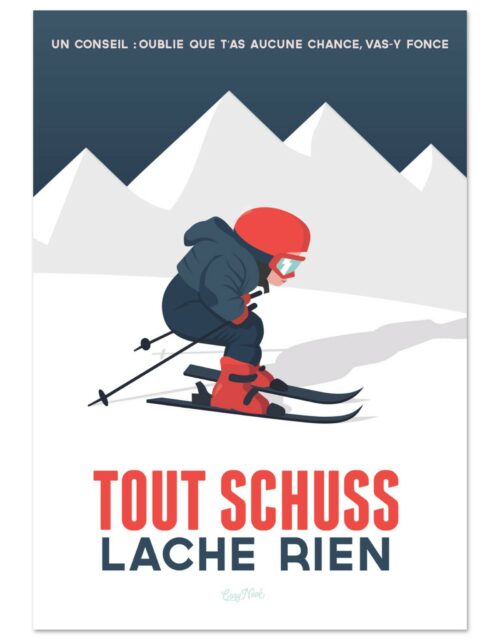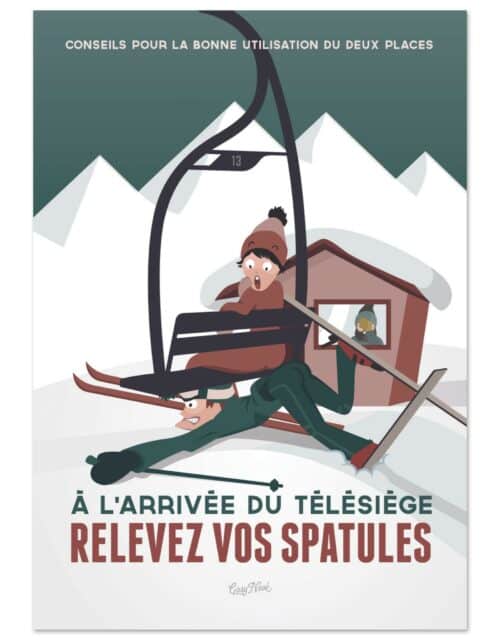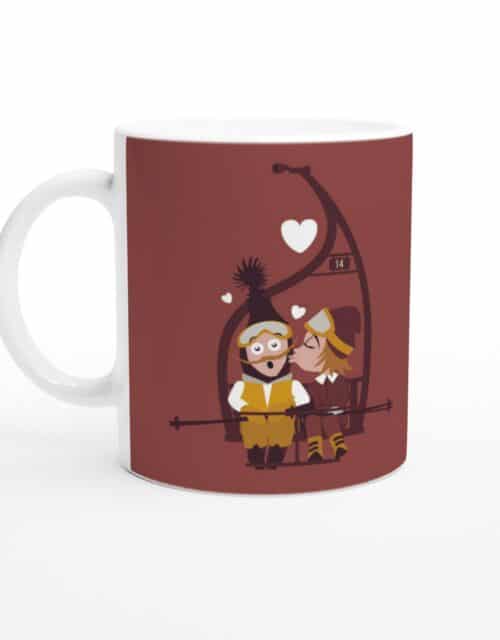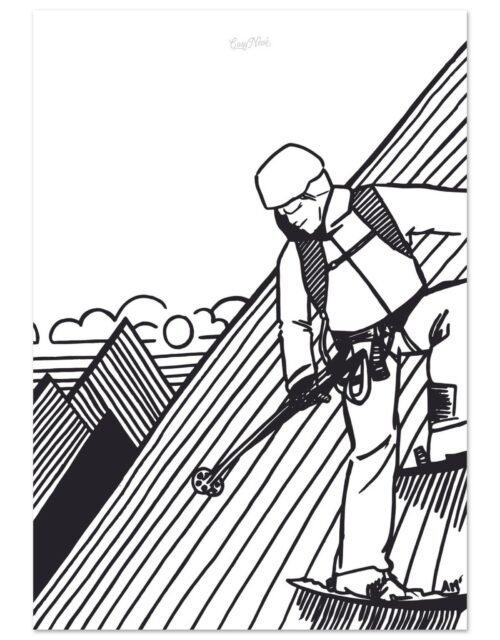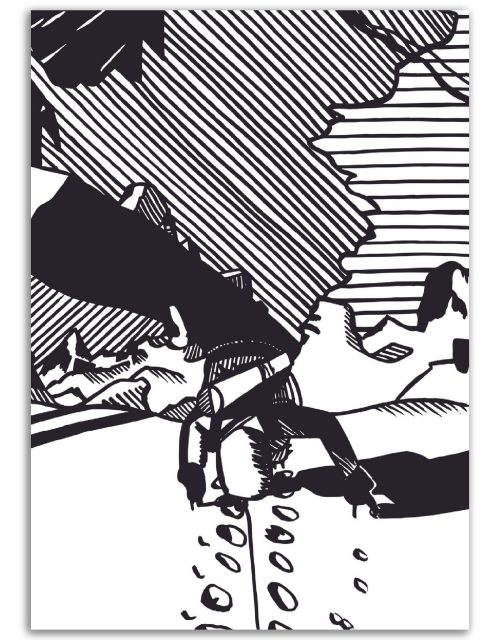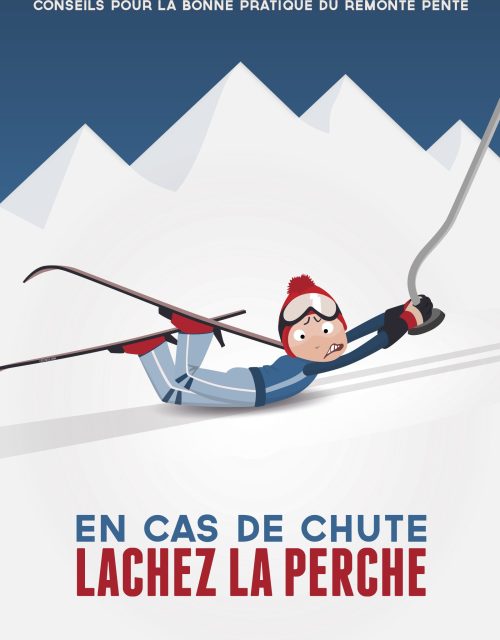A few years ago, I went skiing for the first time in the Alps. Prior to my trip, I had seen numerous ski posters showcasing snow-covered mountains under a brilliant blue sky. I could already imagine perfectly groomed slopes and the thrill of descending down the slopes with the wind on my face.
When I arrived, it was exactly like the posters: the sun was shining, the snow was fresh, and the mountains were breathtaking. I was overjoyed! However, after a few days, the weather changed. The sky became overcast, and a snowstorm swept over the slopes. For the first time, I saw the Alps in a different light, wild and unpredictable.
This experience made me realize how much ski posters had influenced my perception of the Alps. I had an idealized image of what they looked like and what I could expect. The reality was both more complex and more fascinating. This lesson reminded me of the importance of keeping an open mind and not allowing ourselves to be too influenced by idealized representations.
Have you ever taken the time to admire these ski posters of the Alps that make us dream of fresh air and pristine snow? Each one tells us a story, an invitation to adventure in these majestic mountains. But have you ever thought about the impact they might have on our perception of the alpine landscape?
Ski posters, with their vibrant color palettes and attractive graphics, are designed to lure us to the snowy slopes. They are crafted to give us an idealized vision of the mountains, where the sun always shines and the snow is always perfect. While these representations may seem innocent, they actually have a profound influence on our perception of the Alps.
These posters often tend to portray the mountains as a place of challenge and conquest, where seasoned skiers can test their skills. They highlight the majesty and grandeur of the Alps, but they can also reinforce the notion that these landscapes are primarily intended for outdoor activities and leisure. This perception can impact how we interact with these natural environments and the value we assign to them.
It’s important to note that these posters represent only a part of what the Alps have to offer. In reality, these mountains harbor rich and diverse biodiversity, and they are home to many communities that have a deep and enduring relationship with the land. While these posters can give us an idealized image of the Alps, they may not necessarily capture the full complexity and beauty of these landscapes.
Of course, there is still much more to be said on this subject, and there are certainly other perspectives to consider. I hope this has given you an initial idea of the impact of ski posters on our perception of the alpine landscape. Stay tuned for more reflections on the world of design and skiing!
Sincerely, Amandine



